Highlights:
- Refined clean old puerh medicinal flavour
- Excellent (and very rare) dry storage
- Wild picked old and ancient trees
- Thick, sweet, dark, good aftertaste and even some bitterness left.
- Impacting (calming and presence) Qi
“Wild” in this case means picked by villagers in the forest (from trees), but the varietal appears to be standard puerh (Camellia sinensis var. assamica). Mr Ho, who is also the maker of the two critically acclaimed Gold Marks (Gua Feng Zhai and Lao Ban Zhang), is a very expert and respected collector, and he kindly shared some of this tea with us.
It brews red to dark red, a storage so clean on a tea so old is very hard to find, and this tea even has a light cooling effect on the body, a cooling effect while the tea is sweet-thick-dark is the best sign of excellence for storage of very old puerh. The medicinal flavour is stronger in the first 2-3 infusions and later becomes more ‘standard old puerh taste’: sweet, dark, thick, fresh long huigan (and good patience too).
Because it’s notoriously very hard to date loose leaf puerh I’ve asked Mr Ho: “how can you tell this tea is from the 1970s or earlier?”, this is the answer (emphasis and notes between [] are mine):
It can be observed from the leaves after the tea is brewed. Even if the sheng tea has been aged and stored for a long time, it can still be observed that the leaves are red, not black after full fermentation [like shou puerh].
The leaves of this tea can obviously be seen to be different from the tea leaves that have been pressed into tea cakes in the past 20 or 30 years. The leaves of this teas are generally large and old. This is a characteristic of local people who went to the mountains to pick this wild ancient tree in a certain era. Some leaves also have very strong veins.
This kind of tea came from Hong Kong, and it was the most commonly used tea in early Hong Kong tea restaurants and teahouses. Because of the thick and old leaves and storage, it quickly became palatable tea.
At the same time, you can also feel the smell of traditional Chinese medicine from the tea itself to when you brew it very thickly. It usually takes more than 40-50 years [40 for natural storage, 50 for dry storage like this] to get the tea to transform into this flavour. Finally, the ChaQi is calming [in a way that only very old tea can have].
– Mr Ho
His answer corresponds to my understanding (and the one many serious collectors have shared with me), I will add that I’ve seen loose leaf puerh with the same taste profile sold as “1950s” and “1960s” (from reputable establishments). This same tea costs a lot more in Taiwan, and tea of the same quality easily costs up to £20 per gram. In general, even finding genuine 70s puerh is very difficult as most tea that brews like this or darker is simply 90s-2000s shou puerh.
Sample bags and 75 grams jars available
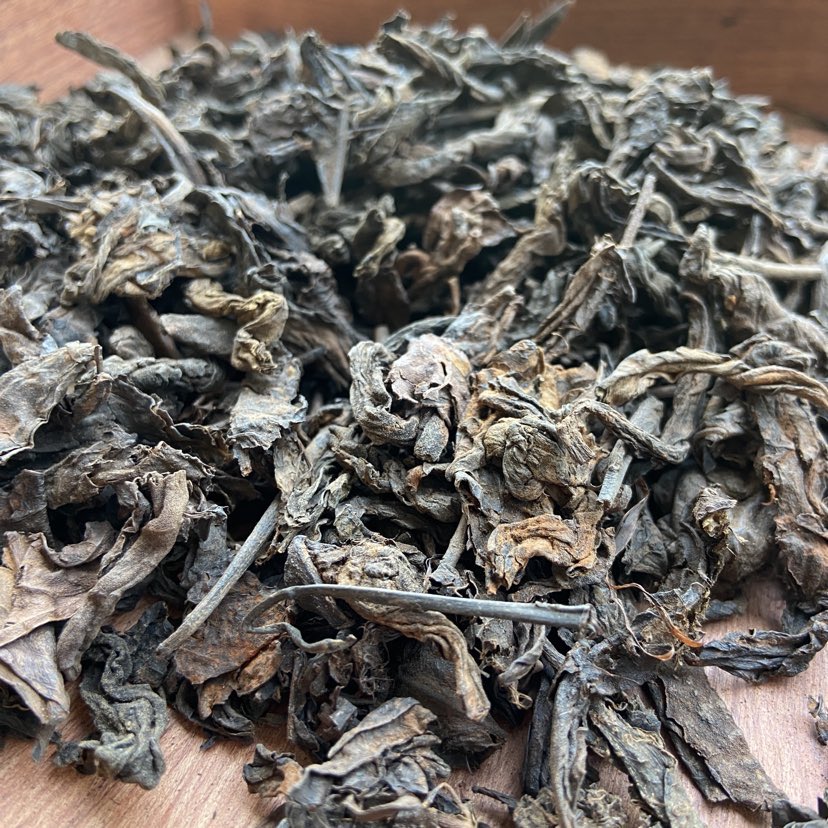
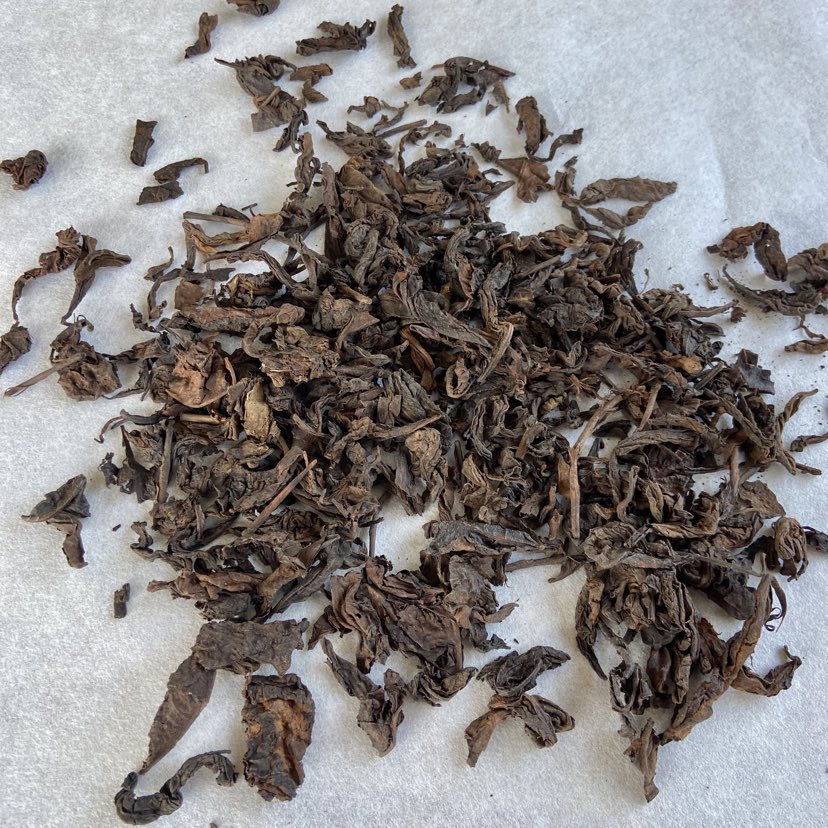
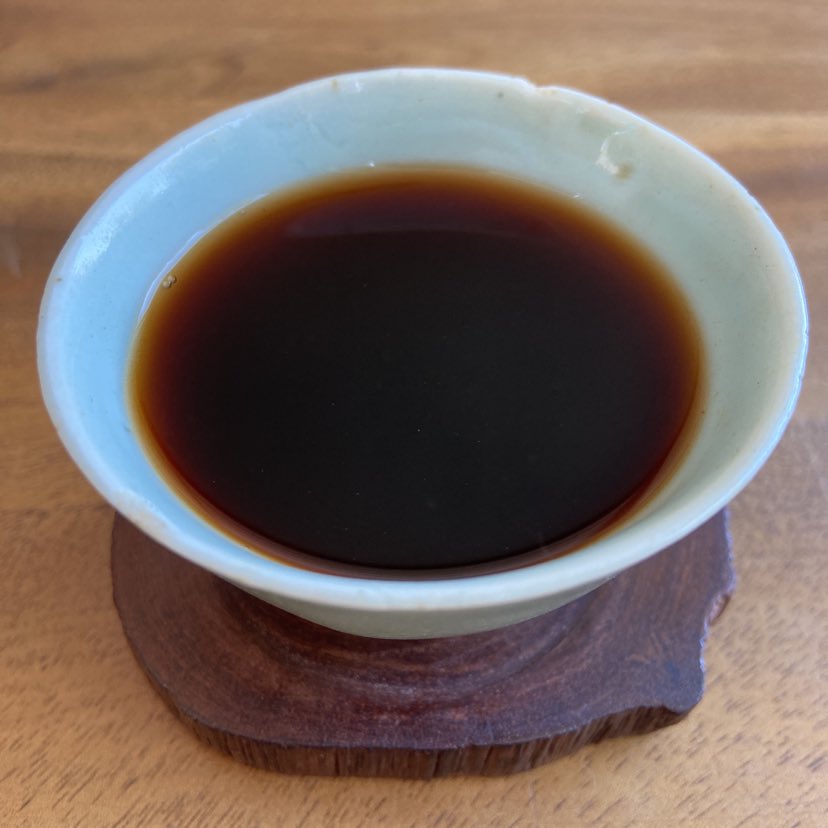
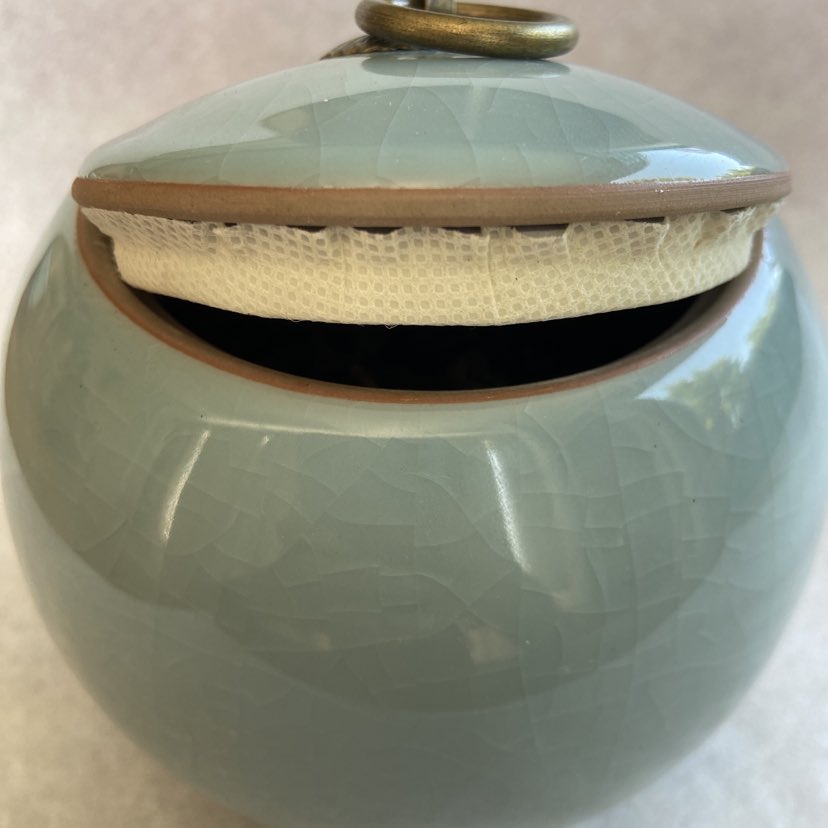
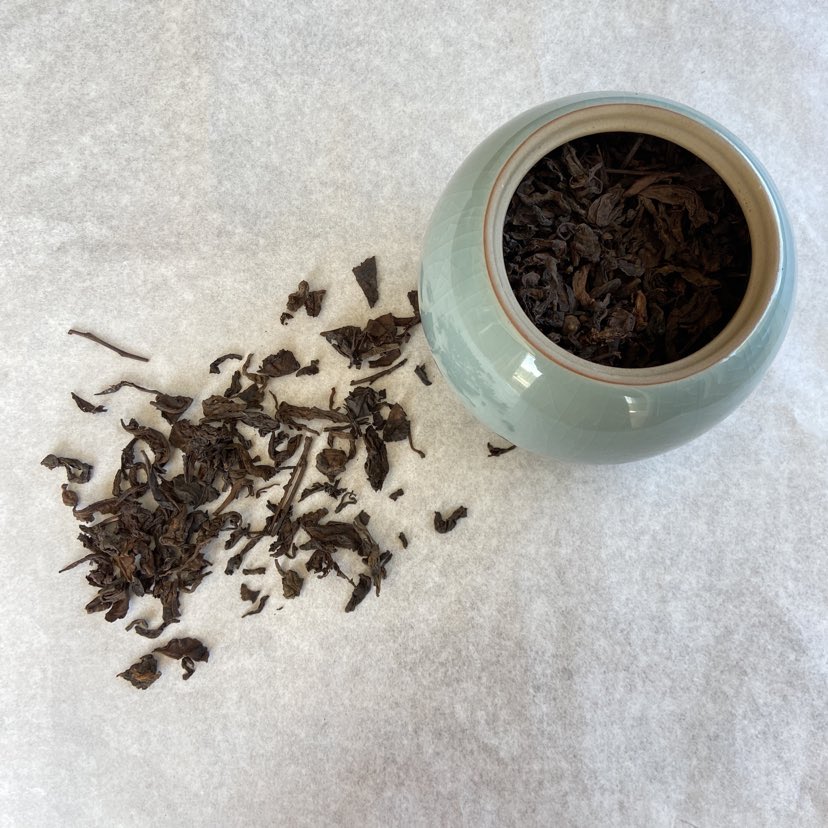
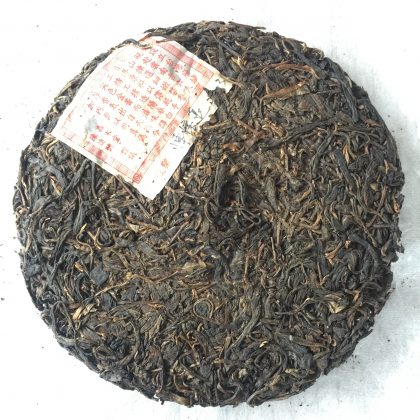
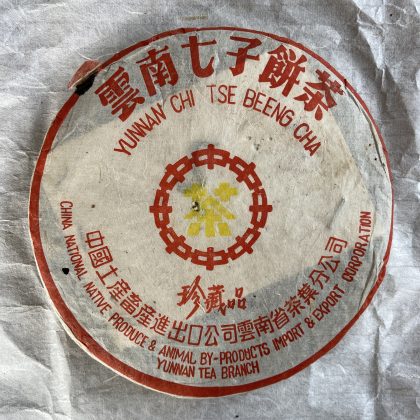
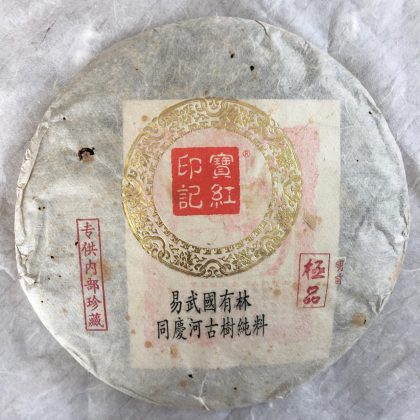
Joshua (verified owner) –
Thick soup, aged flavor, calming qi, clean storage, fabulous camphor finish. Nice aged tea and a great one to have in the library for educational purposes. I did expect a more profound experience from this one, maybe due to the age or price point. Didn’t change my life, but that usually only happens when it’s unexpected.
Alex M. (verified owner) –
Guillaume C. (verified owner) –
Very clean indeed, camphor-y, excellent. This tea brought me here and i don’t regret it 🙂